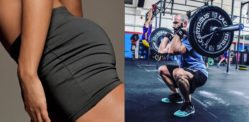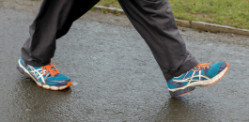Exercise should be about promoting overall well-being.
Every month, women across the globe navigate the natural rhythms of their menstrual cycles, a biological process as unique as the individuals experiencing it.
For many, this cyclical journey brings with it a host of questions, particularly when it comes to maintaining an exercise routine.
The intersection of fitness and menstruation is a topic often shrouded in uncertainty, with concerns about performance, comfort, and overall well-being taking centre stage.
In this comprehensive feature, we aim to shed light on the intricate relationship between exercise and the menstrual cycle.
We delve deep into the science, unravelling the physiological responses that occur when these two aspects of women’s health intersect.
We explore how the menstrual cycle can impact physical performance, from strength and endurance to flexibility and coordination.
We also examine the potential benefits and drawbacks of exercising during different phases of the cycle, providing insights that can help women make informed decisions about their fitness routines.
This article is not just about understanding the effects of menstruation on exercise, but also about empowering women to listen to their bodies and make adjustments as needed.
Whether it’s modifying the intensity of workouts, incorporating different types of exercises, or even taking a rest day, we guide how to adapt one’s fitness routine to align with the body’s natural rhythms.
Stay tuned as we navigate the complexities of fitness and the menstrual cycle, providing a roadmap for women seeking to harmonise their exercise routines with their monthly cycles.
Understanding the Menstrual Cycle
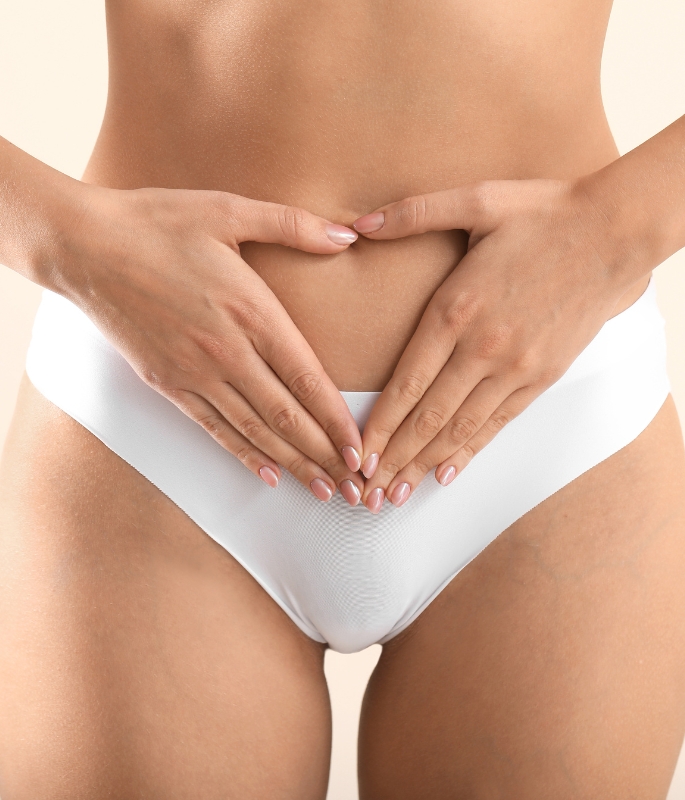 Before we delve into the intricate relationship between exercise and the menstrual cycle, it’s paramount to grasp the fundamental workings of the menstrual cycle itself.
Before we delve into the intricate relationship between exercise and the menstrual cycle, it’s paramount to grasp the fundamental workings of the menstrual cycle itself.
The menstrual cycle, a symphony of hormonal ebbs and flows, is divided into four distinct phases: the menstrual, follicular, ovulatory, and luteal stages.
Each phase is characterised by unique hormonal fluctuations that can significantly influence energy levels, mood, and physical comfort.
The menstrual phase, often simply referred to as ‘your period’, is the start of the cycle.
This phase is marked by the shedding of the uterine lining, a process accompanied by a drop in hormone levels.
Next, the follicular phase kicks in, characterised by a rise in oestrogen levels as the body prepares for ovulation.
This phase often brings with it increased energy levels and mood upliftment.
The ovulatory phase, a brief but crucial period, sees a surge in luteinising hormone triggering the release of an egg from the ovary.
This phase is often associated with peak physical performance.
Finally, the luteal phase sets in post-ovulation, characterised by elevated progesterone levels.
This phase can bring about premenstrual symptoms and a potential dip in energy levels.
Research suggests that these hormonal variations not only influence how women feel throughout the month but might also impact how they approach physical activity.
Understanding these changes is a crucial step towards tailoring a fitness routine that aligns with the body’s natural rhythms, promoting optimal health and well-being.
The Menstrual Phase
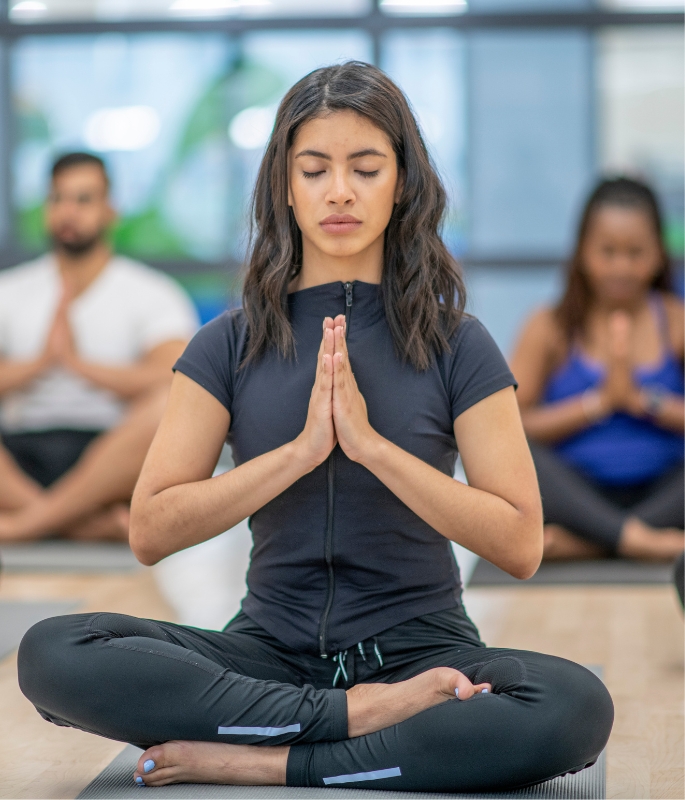 The menstrual cycle commences with the menstrual phase, a period often associated with lower energy levels and physical discomfort.
The menstrual cycle commences with the menstrual phase, a period often associated with lower energy levels and physical discomfort.
This phase, colloquially known as ‘your period’, is marked by the shedding of the uterine lining, a process that can bring about a variety of symptoms ranging from cramps to mood swings.
However, contrary to popular belief, this phase doesn’t necessitate a complete halt in physical activity.
Studies suggest that engaging in light to moderate exercise can serve as a powerful tool to alleviate menstrual symptoms and enhance overall well-being.
Exercise, particularly low-intensity activities such as yoga, walking, or light cycling, can help reduce menstrual discomfort by promoting blood flow and reducing inflammation.
Moreover, physical activity triggers the release of endorphins, often referred to as ‘feel-good’ hormones, which can uplift mood and counteract menstrual-related mood swings.
It’s important to note that every woman’s experience with menstruation is unique, and what works for one may not work for another.
Therefore, while exercise can be beneficial during this phase, it’s crucial to listen to your body and adjust your activity levels based on your comfort and energy levels.
Follicular and Ovulatory Phases
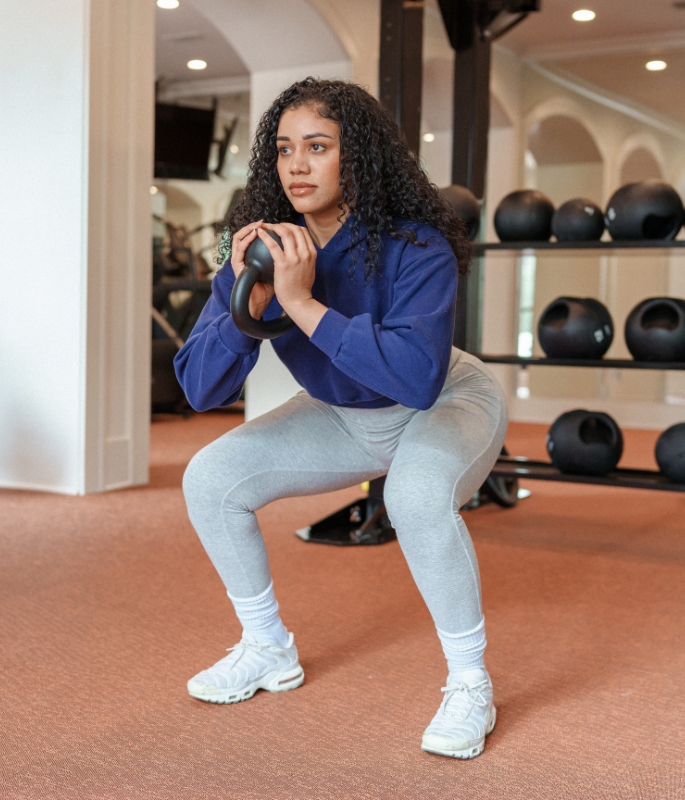 As the menstrual cycle progresses, the body transitions into the follicular and ovulatory phases.
As the menstrual cycle progresses, the body transitions into the follicular and ovulatory phases.
This period is marked by a significant rise in hormonal levels, particularly oestrogen, which can lead to a noticeable boost in energy and endurance.
The follicular phase, which follows menstruation, is characterised by the body’s preparation for ovulation.
During this phase, the increase in oestrogen levels often translates into heightened energy levels, making it an ideal time for more demanding workouts.
The ovulatory phase, albeit brief, is a crucial part of the cycle.
It’s during this phase that a surge in luteinising hormone triggers the release of an egg from the ovary.
This hormonal shift can lead to peak physical performance, providing an optimal window for engaging in high-intensity workouts, strength training, and skill-based activities.
Whether it’s pushing your limits in a HIIT session, lifting heavier weights, or honing a specific skill, these phases provide an opportunity to capitalize on the body’s natural hormonal boost.
However, it’s essential to remember that individual experiences can vary.
Always listen to your body and adjust your workout intensity and type to align with your personal comfort and energy levels.
Luteal Phase Challenges
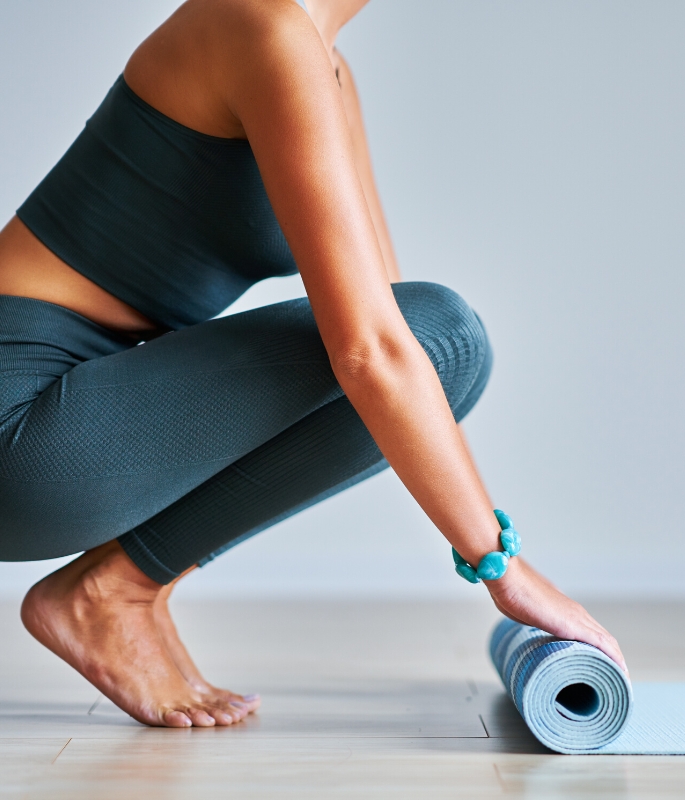 As the menstrual cycle advances, the body enters the luteal phase, a period characterised by the body’s preparation for potential menstruation.
As the menstrual cycle advances, the body enters the luteal phase, a period characterised by the body’s preparation for potential menstruation.
During this phase, progesterone levels rise, and some women may experience premenstrual syndrome (PMS) symptoms.
These can include a range of physical and emotional changes, such as bloating, mood swings, and fatigue.
The luteal phase can present unique challenges when it comes to maintaining a regular exercise routine.
However, these challenges can be navigated effectively with thoughtful adjustments to one’s fitness regimen.
During this phase, it may be beneficial to shift the focus of workouts towards activities that promote relaxation, flexibility, and stress reduction.
Gentle yoga, Pilates, or low-intensity cardio exercises can be excellent choices.
These activities not only help maintain physical fitness but can also aid in managing PMS symptoms.
For instance, yoga and Pilates can enhance flexibility and core strength while providing a calming effect on the mind, helping to alleviate mood swings.
Low-intensity cardio, such as brisk walking or light cycling, can help maintain cardiovascular health without exerting excessive strain on the body.
Remember, the key during this phase is to listen to your body.
If you’re feeling fatigued or uncomfortable, it’s perfectly okay to dial back the intensity or even take a rest day.
After all, exercise should be about promoting overall well-being, and that includes respecting your body’s signals during different phases of the menstrual cycle.
The decision to exercise during the menstrual cycle is a personal one, influenced by individual preferences, health conditions, and overall fitness goals.
By understanding the science behind the menstrual cycle and considering expert insights, women can make informed choices about their exercise routines.
Ultimately, embracing a flexible approach that respects the body’s natural fluctuations may empower women to maintain a consistent and enjoyable fitness journey throughout the month.


























































